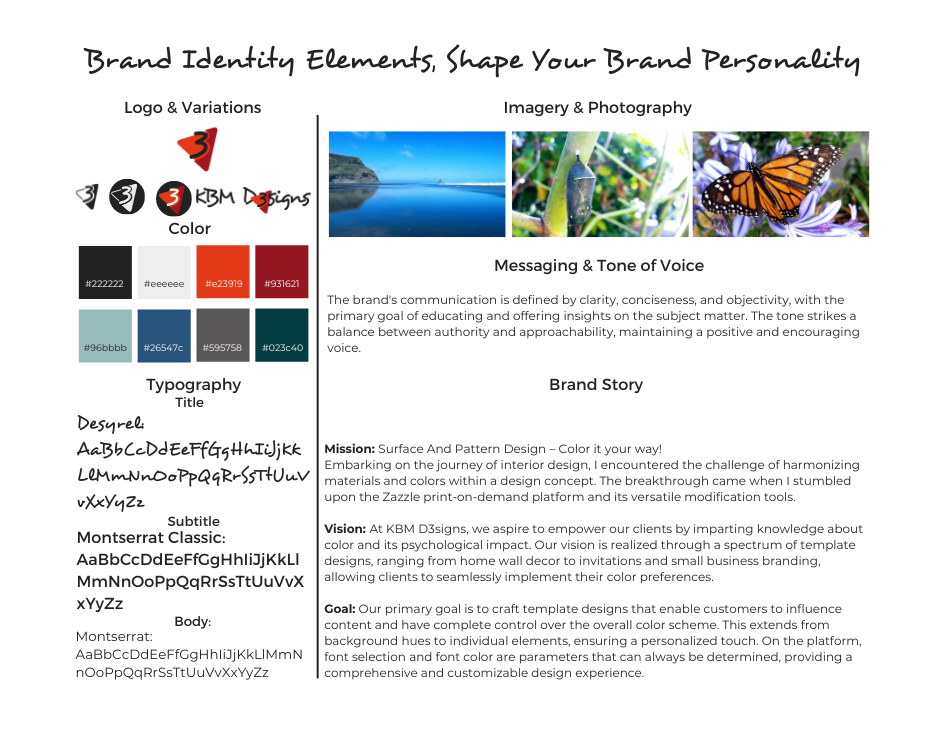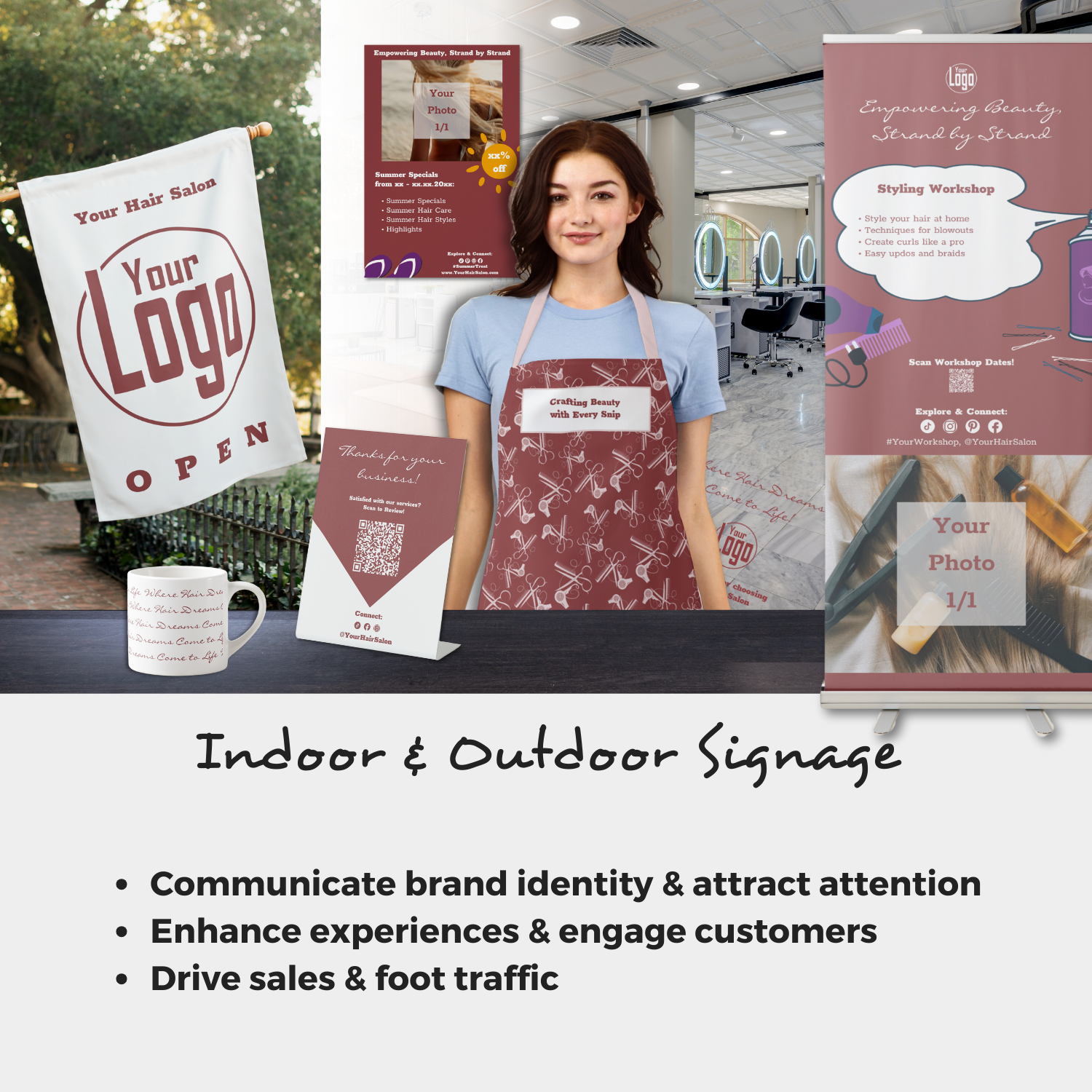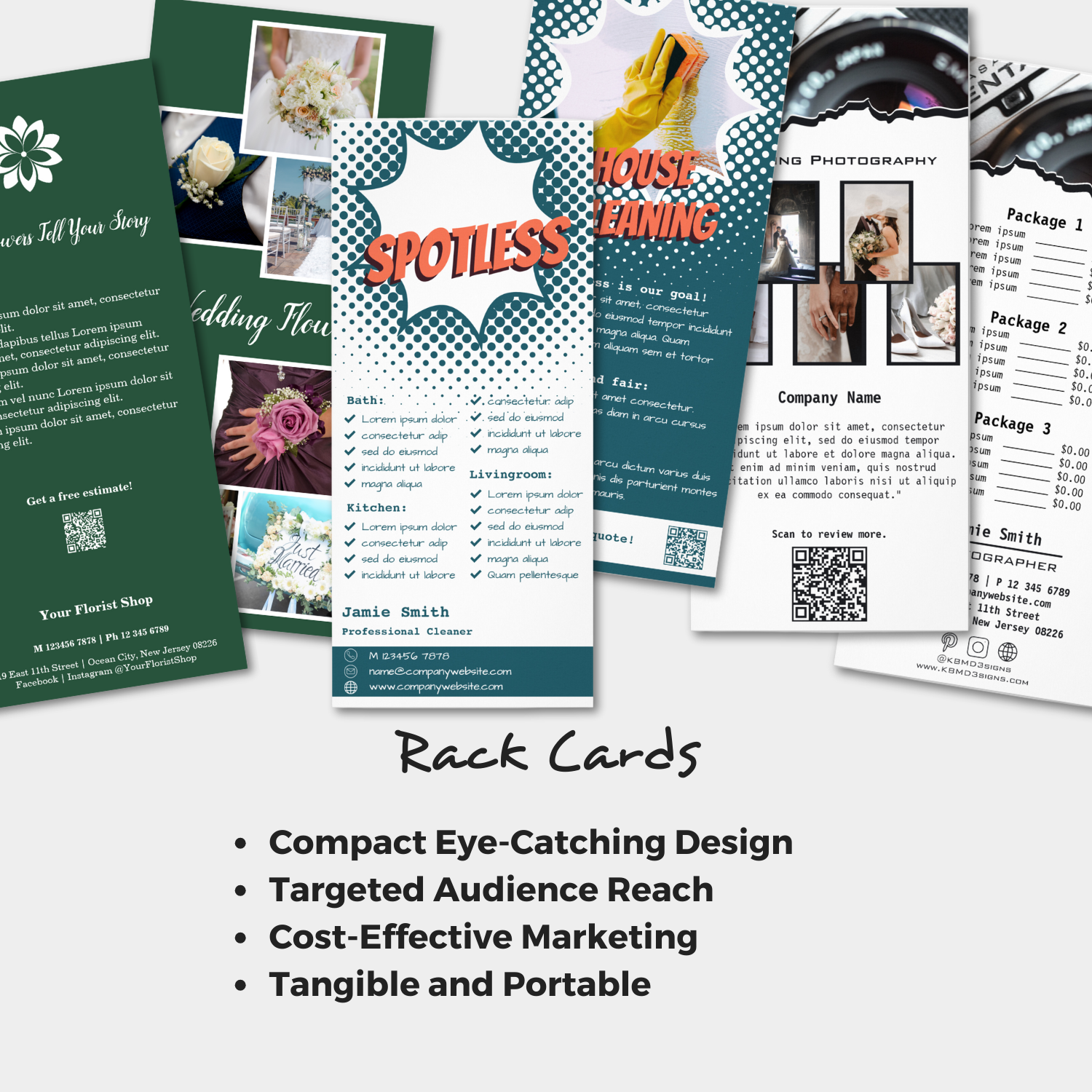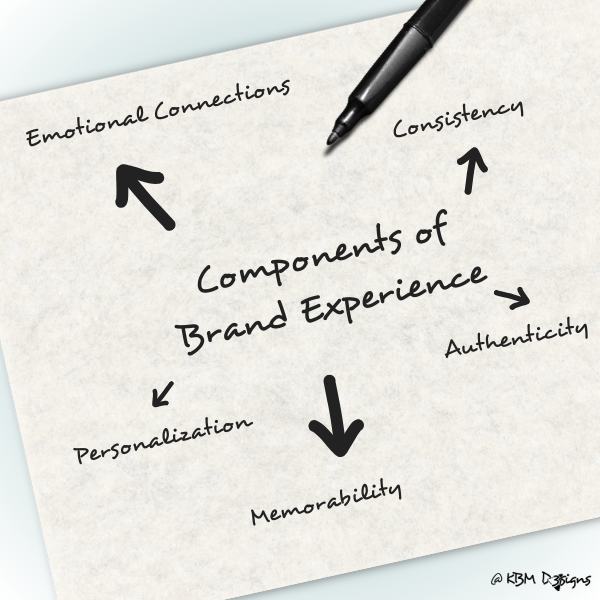Key Brand Identity Elements: In this article, we will explore and discuss how they can be used to influence and shape your brand personality.
Creating a unique and memorable brand personality is critical to success in the dynamic world of business. Branding is the face of an organization, communicating its values, mission and character to the public. Understanding and strategically leveraging the various elements that contribute to brand identity is essential to creating lasting impressions.

Article content:
- Six Key Brand Identity Elements to Play and Shape
- Brand Personality – Logo Design And Its Role As Visual Core
- Brand Colors: Primary Ones and Secondary Ones – How to Stay Flexible
- Typography and Its Role in Conveying Unique Brand Character
- Visuals and Photography: The Narrative Backbone of Your Brand Story
- Messaging and Tone of Voice Make Powerful Tools to Connect
- Create A Unique Narrative to Tell Your Brand Story
- FAQ’s to Creating a Timeless and Flexible Brand Identity
1. Six Key Brand Identity Elements to Play and Shape

Logo Design: The Visual Core
One of the most recognizable elements of any brand is its logo. A well-designed logo not only makes your brand easily identifiable but also communicates the essence of your business. Colors, shapes, and fonts all play a crucial role in shaping the visual identity of your brand. For instance, vibrant colors may convey a sense of energy and youthfulness, while more muted tones may suggest sophistication and reliability.
Color Palette: Setting the Tone
Colors evoke emotions and can significantly impact how your brand is perceived. Choose a color palette that resonates with your brand personality. For example, red may symbolize passion and energy, while blue conveys trust and reliability. Consistency in color usage across all brand materials, from your website to marketing collateral, helps reinforce the desired personality traits.
Typography: Conveying Character
The fonts you choose for your brand materials can subtly influence how your brand is perceived. Bold, sans-serif fonts may convey modernity and innovation, while traditional serif fonts might suggest a more classic and established persona. Consistency in typography across different platforms helps create a cohesive brand identity.
Imagery and Photography: Telling Your Story
The images associated with your brand can be powerful storytellers. Whether it’s through product photos, advertisements, or social media posts, carefully curated visuals can reinforce your brand personality. Choose images that align with your brand values and resonate with your target audience.
Messaging and Tone of Voice: Building Connection
The language you use to communicate with your audience plays a significant role in shaping your brand personality. Establish a consistent tone of voice that reflects the values and character of your brand. Whether it’s casual and friendly or formal and authoritative, maintaining a consistent tone across all communication channels fosters a sense of familiarity and trust.
Brand Story: Creating a Narrative
Every brand has a story to tell. Whether it’s about the company’s origins, its mission, or its commitment to certain values, crafting a compelling brand story helps build an emotional connection with your audience. Share your narrative through various channels, from your website’s ‘About Us’ page to social media content.
In today’s competitive marketplace, a distinctive brand personality sets you apart and creates a lasting impression on your audience. Through the strategic use of brand identity elements such as logo design, color palette, typography, imagery, messaging and storytelling, you can shape and influence the perception of your brand. Consistency is key. Make sure these elements work together harmoniously to convey your desired personality traits and leave a lasting impression on your customers.
2. Brand Personality – Logo Design And Its Role As Visual Core
A brand’s logo is the visual cornerstone of its identity, serving as a symbolic representation of its personality and values. The logo is often the first point of contact between a brand and its audience, making it a key element in shaping and communicating the brand’s identity. Let’s take a closer look at the importance of logo design as the visual core of a brand’s personality.
Instant Recognition:
In a crowded marketplace, where consumers are bombarded with information, a well-designed logo acts as a beacon of recognition. It provides an instant visual cue that helps customers identify and remember the brand. The colors, shapes, and symbols within the logo contribute to creating a distinct visual identity that sets the brand apart from competitors.
Communicating Values and Personality:
Every element of a logo, from its color palette to its design elements, communicates specific messages about the brand’s personality. For instance, a tech company may opt for sleek, modern lines and a minimalist design to convey innovation and efficiency. In contrast, a wellness brand might use softer colors and organic shapes to evoke a sense of calm and natural well-being.
Establishing Trust and Credibility:
A professionally crafted logo signals that a brand is serious about its identity and takes the time to invest in its visual representation. A well-designed logo instills confidence and credibility in consumers, suggesting that the brand is reliable and committed to quality. Over time, as customers consistently associate positive experiences with the logo, it becomes a symbol of trust.
Evoking Emotions:
Emotions play a significant role in consumer decision-making, and a logo has the power to evoke specific feelings. Whether it’s excitement, trust, or nostalgia, the emotional response triggered by a logo contributes to shaping the overall brand experience. Colors, in particular, play a crucial role in influencing emotions; warm tones may evoke passion, while cool tones may convey calmness.
Adaptability Across Platforms:
A well-designed logo is versatile and adapts seamlessly across various platforms and mediums. Whether it’s on a website, a business card, included in a marketing package or a billboard, the logo should maintain its integrity and remain easily recognizable. Consistency in logo application reinforces the brand identity, contributing to a cohesive and unified visual presence.
Longevity and Timelessness:
While trends come and go, a timeless logo has the potential for enduring relevance. Crafting a logo that stands the test of time involves careful consideration of design elements, avoiding overly trendy features that may quickly become outdated. A timeless logo ensures that the brand remains relevant and maintains its visual appeal over the years.
To conclude, a brand’s logo is more than just a visual mark; it is the visual core that encapsulates the brand’s personality. By thoughtfully designing a logo that aligns with the brand’s values, communicates its identity, and resonates with its target audience, a brand can establish a strong and memorable visual presence in the minds of consumers. The logo becomes the face of the brand, making connections and leaving a lasting impression on those who encounter it.
3. Brand Colors: Primary Ones and Secondary Ones – How to Stay Flexible
A brand’s color palette is a powerful tool in shaping its identity and influencing how it is perceived by the audience. The selection of primary and secondary colors plays a crucial role in creating a visual language that aligns with the brand personality. However, maintaining flexibility within this color scheme is equally important to adapt to different contexts and evolving trends.
Primary Colors: The Foundation of Identity
Primary colors are the bedrock of a brand’s visual identity. These are the hues that are prominently featured in the logo, marketing materials, and other key brand elements. Primary colors serve as the foundation, representing the core attributes, values, and personality of the brand. Consistency in using primary colors across various touch points fosters brand recognition and reinforces the desired emotional associations.
Secondary Colors: Adding Depth and Versatility
Secondary colors complement the primary palette, adding depth and versatility to the brand’s visual identity. While not as dominant as the primary colors, they play a crucial role in creating a harmonious and balanced color scheme. Secondary colors are often used in supporting graphics, backgrounds, or accents. These colors can be employed strategically to convey specific messages or evoke certain emotions while maintaining cohesiveness with the primary palette.
Maintaining Consistency Across Platforms:
Consistency in color application is essential for brand recognition and establishing a unified visual identity. Whether it’s on a website, social media, or print materials, adhering to the primary and secondary color palette ensures a cohesive brand experience. This consistency reinforces the brand personality and helps build a strong visual association in the minds of consumers.
Flexibility for Different Contexts:
While consistency is crucial, brands must also be flexible in their color usage to adapt to different contexts. For instance, a vibrant and bold color scheme may be suitable for digital platforms, where attention-grabbing visuals are essential. However, the same color scheme might not translate well in a more formal context, such as a business proposal. Brands should be prepared to adjust their color palette or emphasize certain colors based on the specific context and audience.
Seasonal or Campaign-Specific Variations:
Flexibility in the use of colors becomes particularly important in the context of seasonal campaigns or special promotions. Brands can introduce temporary variations to their color palette to align with specific themes or events. This dynamic approach keeps the brand fresh and engaging while maintaining a connection with the core identity established by the primary and secondary colors.
Adapting to Evolving Trends:
Design trends change over time, and a brand’s visual identity should have room for evolution. While the primary colors anchor the brand, the secondary palette can be more adaptable to emerging design trends. This flexibility allows the brand to stay current and relevant without a complete overhaul of its visual identity.
Ultimately, careful primary and secondary color selection forms the backbone of a brand’s visual identity. However, striking a balance between consistency and flexibility is critical to navigating the diverse landscape of marketing channels, contexts, and trends. By understanding when to adhere to the primary palette and when to introduce variation, a brand can maintain a strong, recognizable identity while remaining adaptable and responsive to the ever-changing demands of the marketplace.
4. Typography and Its Role in Conveying Unique Brand Character
Typography is a critical element of a brand’s visual identity, contributing significantly to the overall personality and perception of the brand. The choice of fonts, styles, and spacing in typography goes beyond mere aesthetics; it serves as a language that communicates the brand’s character, values, and message. Here’s an exploration of the role typography plays in conveying a unique brand character:
Setting the Tone:
Typography is like the voice of your brand. The fonts you choose convey a tone that resonates with your target audience. For instance, a brand aiming for a modern and minimalist image might opt for clean, sans-serif fonts, while a more traditional brand might lean towards classic serif fonts. The chosen typefaces immediately set the tone and create an initial impression of the brand’s character.
Consistency Across Platforms:
Consistency in typography is essential for building brand recognition. Whether it’s on your website, in marketing collateral, or on social media, maintaining a consistent typography style reinforces the brand’s identity. Consistency doesn’t just apply to the choice of fonts but also to the way they are applied – the size, spacing, and hierarchy contribute to a unified and coherent visual language.
Reflecting Brand Values:
Different fonts evoke different emotions and associations. Serif fonts, with their traditional and classic look, might convey a sense of reliability and trustworthiness. Sans-serif fonts, on the other hand, can suggest modernity and simplicity. Script fonts might impart a more personal and creative touch. By carefully selecting fonts that align with the brand’s values, typography becomes a powerful tool for expressing the brand’s character.
Expressing Modernity or Tradition:
The style of typography can signal whether a brand is rooted in tradition or embraces modernity. A brand seeking to convey innovation and a forward-thinking approach might opt for sleek and contemporary typefaces. In contrast, a brand with a heritage or legacy might choose typography that reflects a more timeless and classic aesthetic.
Hierarchy and Readability:
Beyond aesthetics, the practical aspects of typography play a crucial role in conveying brand character. The hierarchy of fonts, including headings, subheadings, and body text, influences how information is consumed. A brand that values clarity and straightforward communication might use clear and readable fonts, while a more artistic brand may experiment with unique and stylized typography for creative expression.
Adaptability to Multilingual Audiences:
In a globalized world, brands often cater to diverse audiences with various languages. An adaptable typography system considers the nuances of different scripts and languages without compromising the brand’s character. It ensures that the brand’s visual identity remains consistent and resonant across linguistic and cultural boundaries.
Typography as a Brand Signature:
In some cases, the typography itself becomes a distinctive element of the brand’s visual identity. Customized fonts or unique typographic treatments can serve as a brand signature, making the text instantly recognizable even without accompanying visuals. This level of uniqueness strengthens brand recall and reinforces the character associated with the brand.
Bottom line: typography is a powerful and versatile tool to express the personality of a brand. From setting tone and reflecting values to ensuring consistency and adaptability, the careful selection and application of type contributes to a brand’s visual language. By understanding the nuances of typography, brands can create a distinctive character that resonates with audiences and connects beyond visual aesthetics.
5. Visuals and Photography: The Narrative Backbone of Your Brand Story
In the digital age, where attention spans are fleeting, the importance of visuals and photography in brand storytelling cannot be overstated. These elements serve as the narrative backbone, conveying the essence of your brand, shaping perceptions, and creating a powerful emotional connection with your audience. Let’s explore how visuals and photography are instrumental in telling your brand story:
Evoke Emotion and Create Connection:
Visuals and photography have a unique ability to evoke emotions and create an immediate connection with your audience. Through carefully crafted images, you can elicit feelings of joy, nostalgia, trust, or excitement. Whether it’s showcasing your product in action, capturing candid moments within your company, or portraying the lifestyle associated with your brand, visuals allow you to communicate on a deeper, emotional level.
Show, Don’t Just Tell:
A well-composed image can convey complex messages more effectively than paragraphs of text. By “showing” rather than “telling,” visuals enable your audience to experience your brand story visually. Whether it’s the craftsmanship behind your products, the dedication of your team, or the impact of your services, photography provides a tangible and relatable representation that resonates with your audience.
Establishing Visual Consistency:
Consistency in visual elements is crucial for building a cohesive brand identity. From the color palette to the composition of images, maintaining a consistent visual style across various platforms fosters brand recognition. When consumers encounter a visual that aligns with your established style, they should immediately associate it with your brand, reinforcing the narrative and personality you’ve worked to create.
Humanizing Your Brand:
Photography, especially when it includes people, humanizes your brand. Whether it’s showcasing the faces behind your company, featuring satisfied customers, or capturing authentic moments within your workspace, images with people add a personal touch. This human element helps build trust, as it puts a face to the brand, making it more relatable and approachable.
Storytelling through Composition:
The composition of your visuals plays a pivotal role in storytelling. The framing, angles, and focal points in a photograph contribute to the overall narrative. For instance, a close-up shot of a product may emphasize its details and quality, while wide-angle shots of your team in action can convey a sense of collaboration and dynamism. Each composition choice adds layers to your brand story.
Visuals Reflecting Brand Values:
Every visual element, from the props in a photograph to the lighting and color tones, can be strategically chosen to reflect your brand values. If sustainability is a core value, visuals might emphasize eco-friendly practices. If innovation is key, imagery could convey cutting-edge technology or forward-thinking approaches. The visual language becomes a silent storyteller, reinforcing the values you want your brand to be associated with.
Adaptability to Different Platforms:
Visual storytelling extends to various platforms, from your website and social media channels to print materials and advertisements. Ensuring that your visuals are adaptable to different mediums allows your brand story to be consistently told across diverse channels, maximizing its reach and impact.
To sum up, visuals and photography are indispensable tools for creating and sharing your brand story. Through compelling imagery, you can evoke emotion, showcase your brand’s personality, and create a lasting impression. By investing in a visual narrative that aligns with your brand values and resonates with your audience, you can ensure that your story is not only told, but also experienced and remembered.
6. Messaging and Tone of Voice Make Powerful Tools to Connect
In the realm of brand communication, the use of messaging and tone of voice is akin to wielding a fine brush to paint the narrative canvas of your brand. These elements are not mere words but powerful tools that shape the way your audience perceives and connects with your brand. Here’s an exploration of how crafting the right messaging and tone of voice creates a compelling and resonant connection:
Defining Brand Personality:
Your brand’s personality is expressed through the messaging and tone of voice. Whether it’s friendly and approachable, professional and authoritative, or quirky and innovative, the way you communicate sets the stage for how your brand is perceived. Consistency in messaging and tone establishes a recognizable and distinct personality, fostering a connection with your target audience.
Building Emotional Connections:
Beyond conveying information, effective messaging taps into the emotional realm. A well-crafted message can evoke feelings of joy, empathy, trust, or excitement. By infusing emotion into your communication, you create a deeper connection with your audience. People don’t just remember what you say; they remember how you make them feel.
Understanding Your Audience:
Crafting the right messaging involves a deep understanding of your target audience. What are their needs, challenges, and aspirations? Tailoring your messaging to resonate with your audience’s values and aspirations fosters a sense of relatability. When your audience feels understood, they are more likely to engage with and remain loyal to your brand.
Consistency Across Platforms:
Whether it’s your website, social media, or marketing materials, maintaining a consistent tone of voice is paramount. Consistency breeds familiarity, and a uniform messaging style helps in building a coherent brand identity. An audience that encounters a consistent tone across various touchpoints is more likely to trust and engage with the brand.
Adapting Tone to Different Situations:
While consistency is crucial, the tone of voice should also be adaptable to different contexts and situations. A brand’s messaging might need to shift from a formal tone in official communications to a more casual and conversational style on social media. This adaptability ensures that your brand remains authentic and relevant in various scenarios.
Expressing Brand Values and Mission:
Messaging serves as a powerful vehicle for expressing your brand’s values and mission. Clearly articulating what your brand stands for and the impact it seeks to make creates a narrative that resonates with those who share similar values. A strong alignment between your messaging and your audience’s beliefs strengthens the connection and fosters brand loyalty.
Storytelling for Engagement:
Effective messaging often involves storytelling. Narratives have a unique power to captivate and engage audiences. By weaving compelling stories into your messaging, you not only convey information but also create memorable experiences. A well-told story becomes a thread that ties your brand to the hearts and minds of your audience.
Authenticity as a Cornerstone:
Authenticity is the foundation of a strong brand connection. Your messaging and tone of voice should authentically represent your brand’s identity. Audiences can discern sincerity, and a genuine voice builds trust. Authentic communication ensures that your brand doesn’t just communicate; it connects on a human level.
In summary, messaging and tone are more than just communication tools. They are the heartbeat of your brand’s personality. You create a powerful connection that goes beyond transactional relationships by understanding your audience, being consistent yet adaptable, and weaving authentic narratives. A brand that communicates with intention and resonance becomes more than a product or service provider. It becomes a trusted companion in the lives of its audience.
7. Create A Unique Narrative to Tell Your Brand Story
In a marketplace saturated with information and choices, the ability to tell a unique and compelling brand story is paramount. Your brand narrative is more than just a sequence of events or a list of features; it’s the cohesive and captivating thread that weaves together the essence of your brand. Let’s explore how creating a unique narrative becomes the cornerstone for telling your brand story:
Identifying Core Values and Mission:
At the heart of every unique narrative lies a set of core values and a mission that defines your brand’s purpose. What does your brand stand for? What positive change does it seek to bring to the world? Understanding and articulating these fundamental aspects form the foundation upon which your narrative can be built. Your values become the moral compass, guiding the trajectory of your brand’s story.
Discovering the Origin Story:
Every brand has an origin story, a narrative that details the inception and evolution of the brand. This story often carries authenticity and humanizes your brand. Whether it’s the founder’s journey, a significant turning point, or an inspiring moment of innovation, the origin story provides depth and context to your brand, making it more relatable and memorable.
Defining the Target Audience:
A unique narrative is one that resonates with the intended audience. Understanding the demographics, psychographics, and aspirations of your target audience allows you to tailor your story in a way that speaks directly to their needs and desires. The more your narrative aligns with the experiences and aspirations of your audience, the stronger the connection you can forge.
Crafting a Compelling Plot:
Just like a captivating novel or film, your brand story needs a compelling plot. This involves identifying key milestones, challenges, and triumphs in your brand’s journey. A well-structured narrative should have rising action, a climax, and resolution, creating a sense of anticipation and engagement. Each chapter in your brand’s story should contribute to the overall narrative arc.
Highlighting Unique Selling Proposition (USP):
What sets your brand apart from the competition? Your unique selling proposition is a crucial element of your narrative. Whether it’s a groundbreaking innovation, a distinctive approach to customer service, or a commitment to sustainability, integrating your USP into your story emphasizes the unique value your brand brings to the market.
Embracing Challenges and Growth:
No compelling story is without challenges. Embracing the obstacles and setbacks your brand encountered and showcasing the lessons learned not only adds authenticity but also demonstrates resilience and adaptability. Growth is an integral part of your brand narrative, and showcasing how your brand evolved over time creates a dynamic and relatable story.
Engaging Visuals and Imagery:
Visual elements play a pivotal role in storytelling. From your logo to marketing materials and website design, imagery can reinforce and enhance your brand narrative. Choose visuals that align with the mood, values, and themes of your story. Consistent and visually appealing design elements contribute to a cohesive and memorable brand narrative.
Inviting Customer Participation:
Make your customers a part of your narrative. User-generated content, testimonials, and success stories create a community around your brand. Involving your audience in the storytelling process not only adds authenticity but also extends the reach of your narrative through shared experiences.
Evoking Emotions:
Great stories evoke emotions, and your brand narrative should aim to create an emotional connection with your audience. Whether it’s joy, inspiration, or empathy, the emotional resonance of your story leaves a lasting impact. This emotional connection goes beyond transactions, forging a bond that can lead to brand loyalty.
Consistent Tone and Voice:
The tone and voice in which your narrative is presented are crucial for maintaining consistency. Whether your brand story is told through written content, video, or social media, a consistent tone reinforces your brand’s personality and identity. A cohesive voice across all channels strengthens the recognition of your brand narrative.
In sum, a unique brand story is a powerful tool to differentiate, connect and resonate. You can create a story that not only communicates your brand’s identity, but also leaves a lasting imprint in the minds and hearts of your audience by delving into your brand’s values, crafting a compelling story line, and emotionally engaging your audience. By attracting those who resonate with your journey, your unique narrative becomes the beacon that guides your brand forward.
-

The Art of Small Business Signage: Making a Big Impression
Read the post …: The Art of Small Business Signage: Making a Big Impression -

What Is A Rack Card? – How To Boost Your Small Business
Read the post …: What Is A Rack Card? – How To Boost Your Small Business -

Promotional Fridge Magnets In Offline Marketing & Their Magnetic Power
Read the post …: Promotional Fridge Magnets In Offline Marketing & Their Magnetic Power
8. FAQ’s to Creating a Timeless and Flexible Brand Identity
When creating a brand identity, consider key elements such as a distinctive logo, a consistent color palette, unique typography, and a compelling brand story. These elements collectively contribute to a brand’s visual and narrative identity.
Flexibility is crucial in a brand identity to ensure adaptation to diverse contexts, changing market trends, and evolving consumer preferences. A flexible brand identity can maintain relevance and effectiveness over time.
A timeless brand identity transcends fleeting design trends, ensuring longevity and enduring appeal. A timeless identity provides a stable foundation for the brand, fostering trust and recognition among consumers.
Selecting a versatile color palette allows for adaptation across various mediums and contexts. A well-chosen color scheme enhances visual appeal while maintaining consistency and adaptability in different applications.
Typography influences the brand’s character and readability. Choosing a flexible typography system ensures adaptability across diverse platforms while contributing to a cohesive and recognizable visual identity.
Consistency in branding elements, such as logo usage, color application, and typography, is crucial. Establish brand guidelines to ensure uniformity in visual and messaging elements across websites, social media, and marketing collateral.
Yes, brands can introduce temporary variations to color palettes, imagery, or messaging to align with seasonal campaigns or specific promotions. However, these variations should still adhere to the core identity to maintain brand recognition.
Storytelling is a dynamic element that can adapt to changing narratives while maintaining the brand’s essence. It allows the brand to evolve and connect with audiences through engaging and relevant narratives.
Involving the target audience in the brand identity creation process ensures that the brand resonates with their preferences and values. This participatory approach fosters a sense of ownership and connection among consumers.
Emotional connection is achieved through visuals, messaging, and storytelling. A brand identity that resonates emotionally with the audience creates a memorable and impactful connection, contributing to brand loyalty.
Authenticity in brand identity is maintained by aligning visual elements and messaging with the brand’s values and mission. Consistency and sincerity in communication contribute to building trust with the audience.
In a globalized market, brands should be adaptable to different languages and cultures to avoid misinterpretation or cultural insensitivity. A flexible brand identity ensures that it can resonate with diverse audiences worldwide.
-

What Is A Target Market, Target Customers, And Target Audience?
Read the post …: What Is A Target Market, Target Customers, And Target Audience? -

What Is Brand Experience? Connect With Consumers
Read the post …: What Is Brand Experience? Connect With Consumers -

Promotional Car Magnets And Decals For Small Business Branding
Read the post …: Promotional Car Magnets And Decals For Small Business Branding


